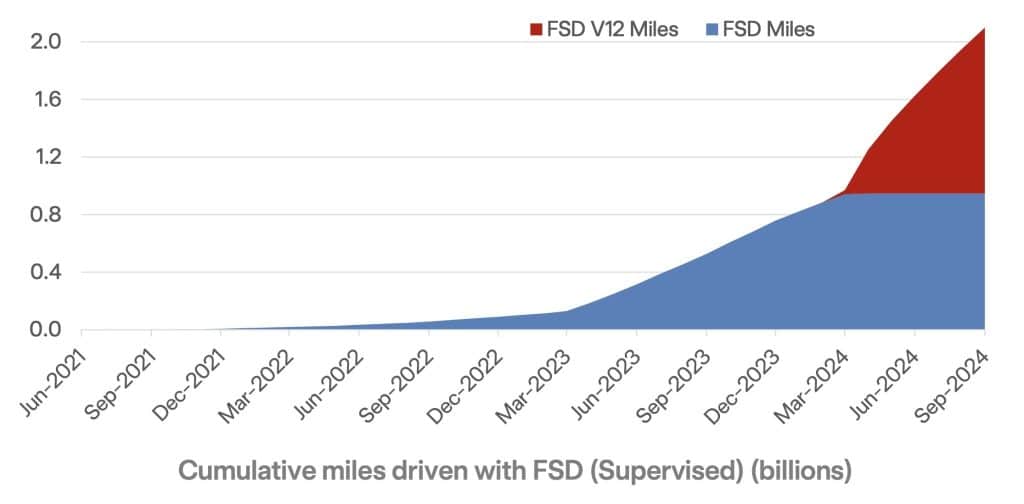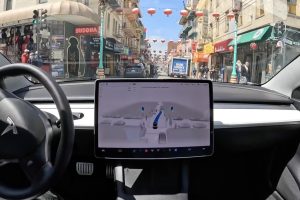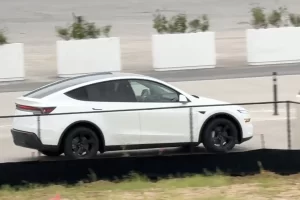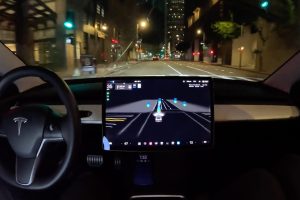- 🚗 Tesla’s FSD program marked its fourth anniversary, evolving from a basic driver-assist system to a near-autonomous service.
- 📈 FSD users have surpassed 2 billion miles, with significant usage attributed to Version 12.
- 🔄 The FSD system is now termed “Supervised,” indicating progress towards full autonomy.
- 🚀 Elon Musk announced Version 13 of FSD, promising substantial improvements in miles between interventions.
- 🗓️ Tesla aims for FSD advancements to surpass human driving efficiency by next year.
Tesla’s Full Self-Driving (FSD) program has reached a significant milestone, marking its fourth anniversary. Over the years, it has grown from a sophisticated driver-assist feature to an advanced system that promises to revolutionize the autonomous driving landscape. This blog post delves into the progress Tesla has made with its FSD program, the milestones achieved, and the exciting future that lies ahead.
The Evolution of Tesla’s FSD Program
Tesla’s journey with Full Self-Driving began in October 2020. Initially, it was limited to a select group of Tesla owners through the early access program. These pioneers played a crucial role in providing real-world data, helping Tesla refine and enhance the capabilities of FSD. Over the years, FSD has continuously evolved and is now on the brink of becoming a fully autonomous system.
A Look Back: Key Milestones
- Foundation and Beta Release (2020):
- The program kicked off with limited release, focusing on gathering data and improving the system.
- Transition to Supervised FSD:
- FSD Beta has since transitioned to FSD (Supervised), highlighting its progress towards full autonomy.
- Cumulative Mileage Achievement:
- FSD users have collectively traversed over 2 billion miles, showcasing the system’s increasing reliability and user trust.
Major Versions and Technological Progress
- Version 12 Achievements:
Version 12 played a pivotal role, contributing significantly to the 2 billion-mile milestone, marking a leap in user adaptation and trust in the system’s capabilities. - Upcoming Version 13:
Elon Musk announced FSD Version 13, which is set to bring considerable improvements. The anticipated enhancements will increase miles between interventions, marking a five- to sixfold improvement from Version 12.5.

Tesla’s Vision for the Future
The journey towards a fully autonomous drive is rapidly progressing. Tesla has ambitious goals to achieve driving performance that surpasses human efficiency by the next year. This target aims to be a transformative leap in transportation, promising safer and more efficient mobility solutions.
Challenges and Expectations
While the prospects are exciting, Tesla continues to face challenges common in developing cutting-edge technologies:
- Regulatory and Safety Concerns:
Full autonomy requires navigating complex regulatory landscapes and ensuring robust safety measures. - Technological Hurdles:
Continuous innovation is needed to handle diverse driving conditions and scenarios.
Why Tesla’s FSD Matters
The potential benefits of Tesla’s FSD program extend far beyond individual convenience:
- Safety Improvements:
Reduced human error, a primary cause of accidents, might be possible with fully autonomous vehicles. - Efficiency and Time Savings:
Autonomous driving can streamline traffic flow and cut down travel time. - Environmental Impact:
Optimum route planning could lead to lower emissions and more sustainable transportation.
Conclusion: Roadmap to Autonomy
As Tesla drives towards a future of unsupervised autonomy, its progress over the past four years highlights significant advancements in both technology and acceptance. By continuing to overcome challenges and exceed expectations, Tesla’s FSD program remains a pioneering force in the realm of self-driving technology.





